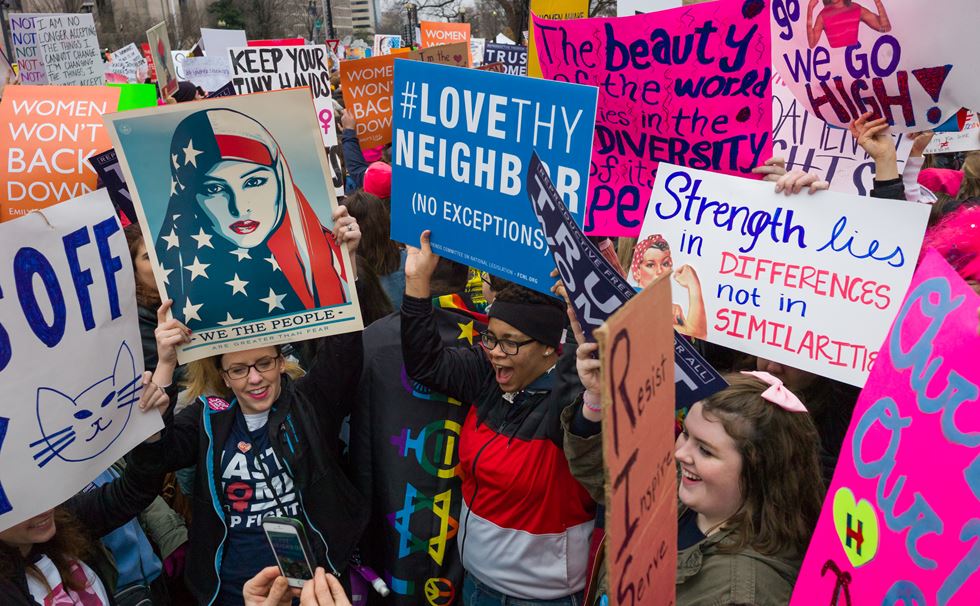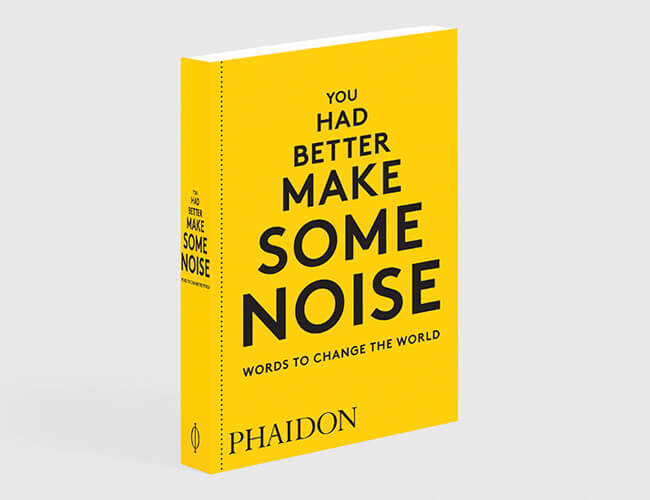
How to do slogans in a social media age
New Design Museum show, From Hope to Nope, looks at how designers have navigated a choppy, political decade
A decade or so ago many thought that the advent of social media would magically mean that we could all hold governments to account, keep big business in check and put balanced and honest news into the hands of the population.
It was a utopic view, cynically encouraged by the big businesses that owned the social media platforms, playing on people's naive hope and belief that in social - as it was then dubbed - human beings would abandon milennia of lying and cheating and. just. play. nicely.
The harsh lesson of that fast-unravelling deception is stripped bare in the Design Musuem's new show, Hope to Nope: Graphics and Politics 2008–18.
It includes the campaigns that led us to that hope - in 2011, Egypt's ex-president Hosni Mubarak left office after sustained protests both online and in the street. And it includes some of the campaigns that made us begin to question the role those social media platforms played in getting other widely disliked leaders into office or looking like they could take office.
So, where does this leave the political slogan – those short, clear declarations such as 'I Am a Man' or 'Ban the Bomb '– once mimeographed onto signs and shouted in the street, an age when many prefer to offer up their own, individual message?
The Design Museum show acknowledges this shift in medium and in message; alongside traditional posters and banners, it charts the rise of digital media and social networking, and features works by Russian troll factories, and far-right groups, alongside Shepard Fairey, the Occupy Movement, and the Women's March supporters.
Oddly Head's Slogans, a neatly lettered sign saying "Slogans in nice typefaces won’t save the human races”, sort of sums up all that's heartening and dispiriting about Hope to Nope.
Hope to Nope isn't a simple celebration of lefty placards – though there are plenty of those. Instead, it presents a genuine design challenge: how do you express naunced political arguments to a broad audience, in an age of social cacophony. It's a tough brief, though one plenty of designers are choosing to take on.
After all, as the veteran civil rights campaigner Congressman John Lewis tweeted "we may not have chosen the time, but the time has chosen us."

To read Lewis's words alongside many others order a copy of You Had Better Make some Noise. For more on creative dissent in the 21st century get Visual Impact.